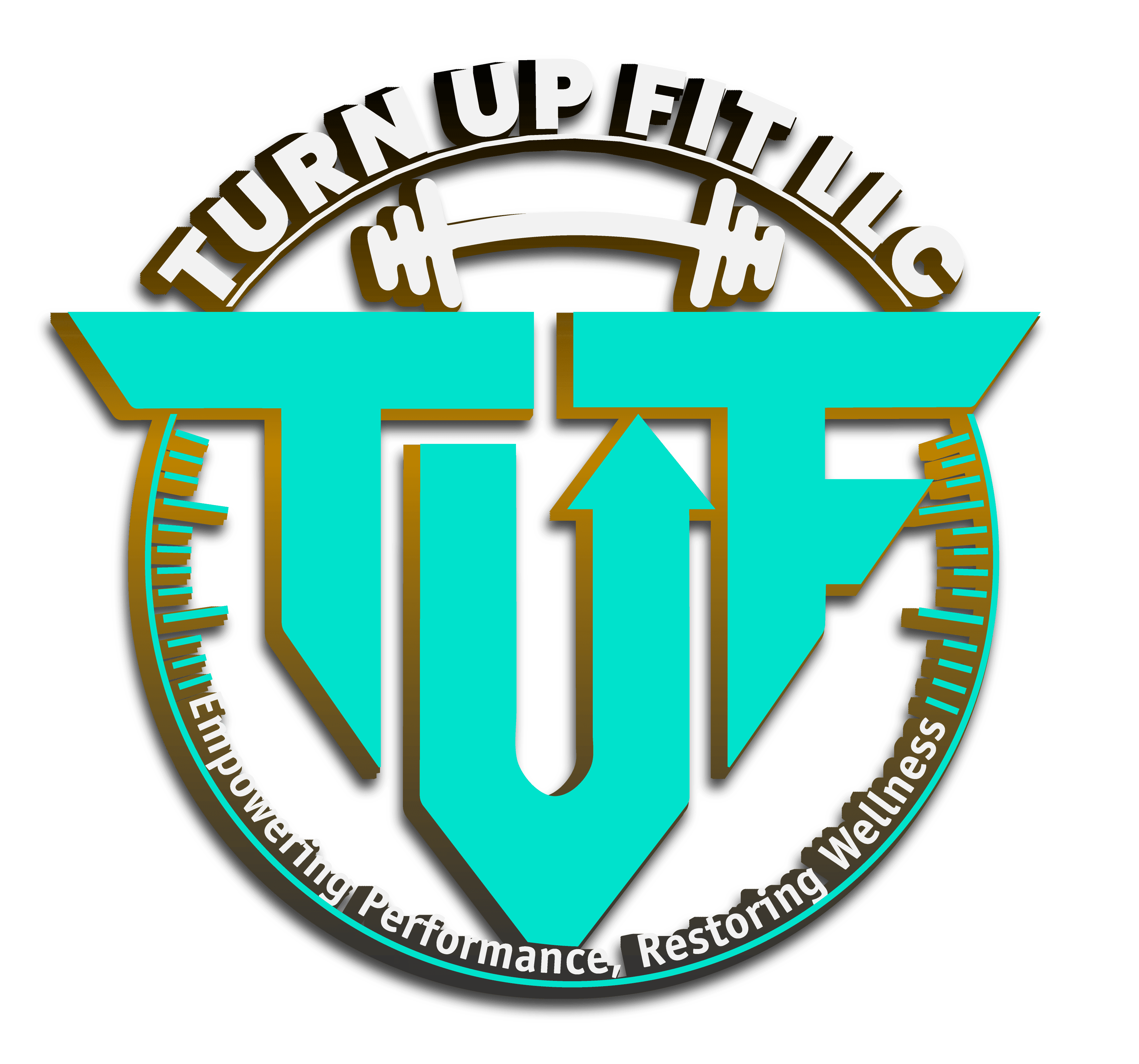Understanding Passive and Active Recovery Methods (and Why They’re Crucial for Fitness and Performance)

When people think about fitness, the focus is often on the workouts: lifting heavier weights, running faster, or pushing harder. However, what many don’t realize is that fitness progress doesn’t happen during the workout — it happens during recovery.
Recovery is an essential part of any training routine, and understanding the difference between active recovery and passive recovery is crucial for achieving long-term health, performance, and staying active for life. Both methods of recovery play a significant role in your fitness journey, helping you recover faster, reduce soreness, and improve overall mobility.
What Is Active Recovery?
Active recovery refers to engaging in low-intensity activities that promote blood flow, increase mobility, and aid in healing. This type of recovery helps reduce muscle soreness, maintains joint health, and speeds up the recovery process without adding additional stress to the body.
Unlike passive recovery, where you are at rest, active recovery encourages movement to actively guide your recovery process.
Examples of Active Recovery:
- Walking or light cardio: Keeping your body moving at a gentle pace to promote circulation.
- Swimming: A low-impact way to get the body moving and reduce muscle stiffness.
- Yoga and stretching: Enhances flexibility and promotes relaxation, reducing tension in tight muscles.
- Mobility drills: Focuses on joint health and flexibility to improve range of motion.
- Foam rolling: A form of self-myofascial release, where you actively control pressure to release muscle tightness and improve blood flow.
Active recovery is essential for those who want to stay mobile, maintain joint health, and enhance blood circulation while promoting muscle healing.
What Is Passive Recovery?
Passive recovery, on the other hand, involves complete rest or utilizing external tools that don’t require your body to engage in active movement. This method allows your body to focus entirely on rebuilding and repairing itself after intense physical exertion.
Examples of Passive Recovery:
- Sleep: The most important recovery tool — quality sleep is vital for muscle repair and energy restoration.
- Massage therapy: Aids in relieving muscle tightness, reducing stress, and enhancing circulation.
- Sauna or steam sessions: Heat therapy can promote circulation, relax muscles, and detoxify the body.
- Cold plunges or ice baths: Reduces muscle inflammation, speeds up recovery, and prevents soreness.
- Full rest days: Taking complete rest without movement to allow the body to recover and rebuild.
- Compression sleeves: Help to promote circulation and reduce soreness without requiring active effort.
- Hypervolt percussion gun: Provides vibration therapy to muscles, helping reduce tightness and improve recovery without active participation from the user.
Passive recovery is about allowing the body to focus entirely on rest and regeneration, which is essential for replenishing energy, reducing muscle tension, and preventing burnout.
Why Both Recovery Methods Matter
A common misconception among athletes is that rest slows them down or that they should push through pain. The reality is that both active and passive recovery are essential for optimal recovery and performance.
- Active recovery helps maintain mobility, reduces muscle stiffness, and improves blood circulation.
- Passive recovery allows deep healing, restores energy levels, and prevents overtraining.
Using both methods in tandem creates a balanced recovery strategy. Recovery tools like foam rollers, compression sleeves, and Hypervolt percussion guns can enhance the effectiveness of both active and passive recovery methods, making the recovery process as intentional as your training.
How We Integrate Recovery at Turn Up Fit
At Turn Up Fit, we understand that recovery is as important as training. That's why we incorporate both active and passive recovery into our programs to help clients perform at their best. Here’s how we approach recovery:
- Active Recovery: Athletes learn when to schedule active recovery days, using methods like mobility drills, foam rolling, and stretching to help keep muscles and joints in optimal condition.
- Passive Recovery Tools: We incorporate recovery tools like compression sleeves, Hypervolt percussion therapy, and saunas to support deep healing and reduce muscle tension.
- Structured Recovery Cycles: Our 12-week training cycles are designed with deload weeks to give the body the proper time to recover and rebuild, ensuring long-term progress.
This recovery strategy works for everyone, from youth athletes (ages 4–21) to adults balancing busy lifestyles and those looking to stay healthy and strong throughout life.
Final Thoughts: Why Recovery Is Key to Longevity and Performance
Recovery is not a sign of weakness — it’s a vital part of training. Both active and passive recovery methods, supported by tools like foam rollers, Hypervolt guns, and compression sleeves, play a crucial role in helping you move better, recover faster, and prevent injury.
To train like an athlete, you also need to recover like one. Taking the time to understand and implement recovery strategies into your routine will not only improve your performance but also help you stay active, healthy, and strong for life.
Contact Turn Up Fit Today
If you want to learn how to incorporate smarter recovery strategies into your training routine, we’re here to help. Contact us today:
- Website: turnupfit.com
- Email: [email protected]
- Location: Winchester, CA
Reach Out
Get in Touch
We'd love to hear from you.
